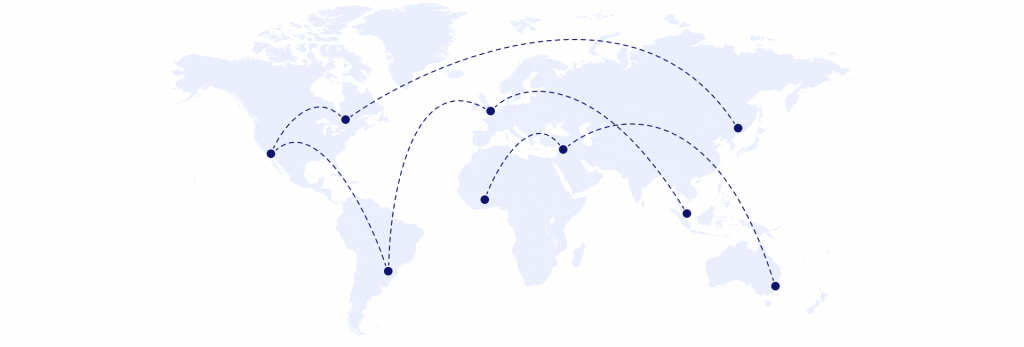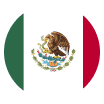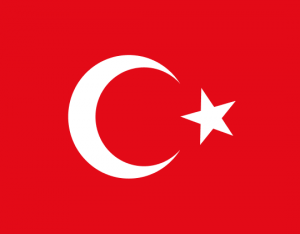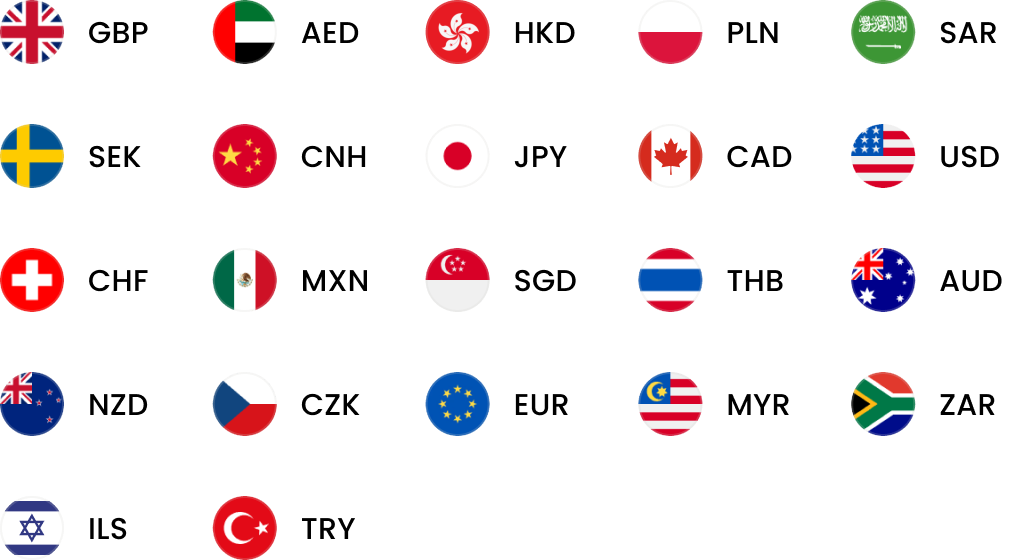Home > Blogs > Global Insights
Top tips to help you sell on Amazon internationally
Amazon offers businesses of all sizes the opportunity to expand internationally with ease. Discover how to enhance your listings and learn how to sell internationally on Amazon in our helpful guide.

Amazon is the most popular e-commerce marketplace in the world. As a result, the online giant is usually the first place we think of when talking about online shopping.
With more than 300 million active customer accounts worldwide, Amazon is the perfect way to get a foothold in lucrative international markets like China and Japan. So, how you can modify your product listings to boost your Amazon international sales?
How to sell internationally on Amazon
Amazon FBA
Fulfilment by Amazon (FBA) is a popular way of selling products on Amazon – particularly for companies intending to scale their business into new international markets.
Essentially, sellers source their products and send them to an Amazon warehouse. Amazon then takes over, so when a customer places an order, Amazon packs and ships the product on the seller’s behalf. To add to this, Amazon then manages communications with the customer – including shipping notifications, tracking, reviews, returns and “target language” customer support.
If you choose the FBA service, remember there’s a certain trade-off. Although you won’t need to worry about storage, Amazon will charge you for that storage in the form of commission. But, despite the unavoidable costs, Amazon FBA gives you the unique flexibility to test the market response of new products at relatively low risk.
Amazon Global Selling
Amazon Global Selling (or AGS) is a programme that allows sellers to list and sell products on Amazon’s marketplaces in Europe, Asia-Pacific, the Middle East and the Americas. Currently, Amazon operates 13 online marketplaces globally, empowering sellers to expand their businesses to every corner of the world, regardless of where they’re officially based.
By registering on Amazon Global Selling, brands can use the Build International Listings (BIL) tool to create offers in the source marketplace and expand these offers to target marketplaces.
Amazon Global Selling helps sellers save time and energy because they can manage offers in a single marketplace. Anyone with an Amazon Seller account can enrol in Amazon Global Selling, but they must register a new selling account for every marketplace they want to expand into (the exception being unified accounts for Europe and North America).
There is one downside to Amazon Global Selling: the scheme is not available in some of the biggest markets, like China and India. So, if you’re hoping to branch out into these regions, Amazon’s FBA programme is the best solution.
How to enhance your listings for Amazon international sales
Now that you know how to sell on Amazon internationally, it’s time to explore the ways you can make your international venture a success – starting with your listings. There are three main components of a successful product listing on Amazon:
1. A product title that converts
Product titles have two main purposes on Amazon: they help people find your products, and they encourage consumers to find out more. The title is one of the first things a shopper will notice when browsing Amazon, so it’s critical to get it right. When writing a title, consider the following:
- Keep it under 200 characters long
- Put the brand name at the start
- Take advantage of keywords for discoverability purposes
- Include descriptive elements like colours and sizes for easy comparison
2. An eye-catching image
Amazon’s guidelines for product images can help you make the most of your listings and drive Amazon international sales. They include:
- Products should fill 85% or more of the image frame (unless they are book, music or video images, which must fill 100% of the frame)
- The full product must be in frame
- Backgrounds must be pure white
- The image must not contain additional text, graphics, or inset images
3. Product descriptions
The product description provides vital information about the product. However, as many shoppers simply scan for the important details, take advantage of the bullet point section to highlight key advantages of using the product.
To optimise your product description section:
- Use keywords, reinforcing those used in the title and adding new ones
- Keep it concise – avoid technical jargon or flowery language
- Mention the benefits instead of simply listing features
Remember, you’re trying to reach international customers, and many won’t speak your language, which could ruin your marketing efforts. After optimising your content, it’s crucial to translate it into your target market’s language to drive conversions.
The value of translation
Research by Common Sense Advisory reveals that 40% of global consumers won’t buy in other languages, and 65% prefer content in their native language. So, if you’re scaling internationally, prioritise translating and localising your listing to build trust in your brand among international audiences.
Below, we’ll explore the three main things you need to consider when translating your content.
Use professional, native-speaker translators
It can be tempting to drop your product descriptions into free translation tools like Google Translate. However, machine translations could limit the success of your international expansion as they often provide a literal translation – failing to convey your brand’s personality — which can turn off customers due to quality concerns.
By investing in a qualified translator, you can create cohesive texts that work from a nuanced marketing perspective. Competition is rife on Amazon. So, it’s important to stand out for all the right reasons – and that includes uploading high-quality content.
Multilingual SEO strategy
Like websites and blogs, product listings on Amazon need to be optimised to ensure product discoverability in the search bar.
However, high-performing English keywords can’t be translated directly into another language because the search habits of cultures differ. For this reason, you’ll need to conduct region-specific SEO research.
If you’re not familiar with your target language, country-specific SEO research provides another reason to invest in a qualified translator. A native translator can weed out irrelevant keywords and curate an equivalent list of seed keywords in their language for an effective, optimised listing.
Localise your texts
No translation is complete without localisation. Whereas translation involves changing the text into another language, localisation takes into account the target’s culture to make the text more relatable and marketable.
For example, localising a text may involve:
- Changing date and time formats
- Converting measurements
- Adapting the text to respect the target’s societal codes (humour, etiquette)
- Open 20+ local currency accounts and get paid like a local
- Pay suppliers, partners and staff worldwide in 100+ currencies
- Collect payments for free from 130+ marketplaces and payment gateways, including Amazon, Etsy, PayPal and Shopify
- Save with competitive exchange rates on currency conversions and transfers
- Lock in exchange rates for up to 24 months for cash flow certainty
Tailoring your products to consumer preferences
Expanding into other countries isn’t usually a copy+paste situation – rarely can you use the exact same marketing tactics to reach new audiences overseas on Amazon. Instead, sellers must modify their marketing approaches and adjust relevancy according to different consumer preferences.
For example, “face” matters to Chinese consumers. In other words, consumers equate high prices with high quality. If Chinese shoppers can’t afford a more expensive product, they value high-quality, attractive packaging as the next best thing. When expanding into this market, sellers might consider placing more value on how they price and package their products for guaranteed success.
By exploring cultural differences and shopping preferences, you can avoid faux pas and boost your international sales on Amazon.
Dropshipping for easier international supply chain management
Dropshipping is an inventory-free business model that involves the retailer selling to customers without holding any physical product. Instead, when a customer places an order, the information is sent to your supplier, who ships the product straight to the customer using your business shipping labels.
You are therefore only responsible for marketing and customer communication. This online selling model is ideal for businesses expanding globally, as it’s cheap to set up with simpler supply chain management, meaning more cash flow for the business.
The platform allows dropshipping, but Amazon’s policy measures for dropshipping must be followed. These include:
- Identifying yourself as the seller of your products on all your product slips, invoices, and packaging
- Removing any labels and information that come from your supplier
- Being responsible for product returns and defects
- Complying with all other Amazon Seller policies
- Not purchasing from another retailer and shipping their items to your customers
If you’re looking to take advantage of Amazon’s expansive reach without worrying about complicated supply chains, consider a dropshipping business model. For example, set up an account on AliExpress, find the products you want to sell, add the listing to your Amazon page and let the selling begin.
Simplify your international Amazon venture with WorldFirst
If you decide to expand into international markets, consider partnering with an international business payment provider like WorldFirst.
With more than ten years of experience in cross-border business payments, WorldFirst is the clear choice for international currency transfer. With a WorldFirst account, you can transfer funds quickly, send mass payments, manage risk and save money. Find out more about WorldFirst products and services online or call 0207 801 1065 today.


How Earle Wines cultivates global trade with a personal touch
Learn how Earle Wines relies on strong partnerships and WorldFirst's support to manage global transactions while maintaining personal connections.
Dec / 2024
August 2024 UK Market Update
Stay informed with our comprehensive market update for August 2024. Explore key trends, economic indicators, and investment insights shaping the financial landscape this month.
Dec / 2024
Kicking goals beyond borders: Our UEFA EUROS 2024™ wrap-up
Relive the excitement of UEFA EURO 2024™ with WorldFirst. Discover key stats, records and the joy of one of football's biggest event.
Dec / 2024WorldFirst articles cover strategies to mitigate risk, the latest FX insights, steps towards global expansion and key industry trends. Choose a category, product or service below to find out more.
- Almost 1,000,000 businesses have sent USD$300B around the world with WorldFirst and its partner brands since 2004
- Your money is safeguarded with leading financial institutions


































































